Persimmons are vibrant, flavorful fruits that can enhance any home garden. Known for their adaptability and striking orange fruits, persimmons are easy to grow and offer a rewarding harvest. Whether you’re growing Asian or American persimmons, understanding their care and maintenance is key to a bountiful yield.
Types of Persimmons
Asian Persimmons (Diospyros kaki)
-
Non-astringent varieties: These, like ‘Fuyu,’ are sweet and can be eaten while firm.
-
Astringent varieties: Such as ‘Hachiya,’ these must ripen fully to develop their characteristic sweetness.
American Persimmons (Diospyros virginiana)
American persimmons are hardier and suitable for colder climates. Their fruits are smaller but have an intensely rich flavor when fully ripe.
While both types are delicious in their own ways, Asian persimmons tend to have a milder, honey-like flavor and are larger in size, whereas American persimmons offer a more intense, spicy sweetness when ripe. For a deeper dive into the differences, check out our full comparison: Comparing American and Asian Persimmon Varieties.
Planting and Growing Tips
- Choose the Right Location: Full sun with well-drained soil. Learn more in our article on Optimal Growing Conditions for Persimmon Trees.
- Planting Time: Late winter or early spring.
- Soil Preparation: Add organic matter like compost.
- Spacing and Depth: 15–20 feet spacing for standard trees. For a full walkthrough, see our Step-by-Step Guide to Planting Persimmon Trees.
Care and Maintenance
- Watering: Regular watering in the first year; drought-tolerant when mature.
- Fertilization: Balanced fertilizer in spring.
- Pruning: During dormancy to shape the tree and remove diseased branches. Check out our detailed Pruning Techniques for Healthy Persimmon Trees.
Common Pests and Diseases
- Persimmon Psylla: Causes leaf curling, managed with tree maintenance.
- Twig Girdlers: Beetles that sever branches.
- Leaf Spot: Fungal disease causing discoloration.
Harvesting Persimmons
- Asian Persimmons: Non-astringent can be picked when firm, astringent must ripen fully.
- American Persimmons: Harvest when soft for best flavor.
For an in-depth overview, explore our Comprehensive Guide to Growing Persimmon Trees.



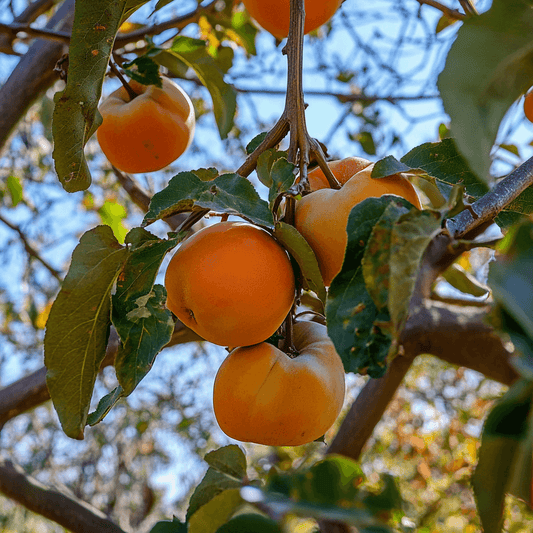
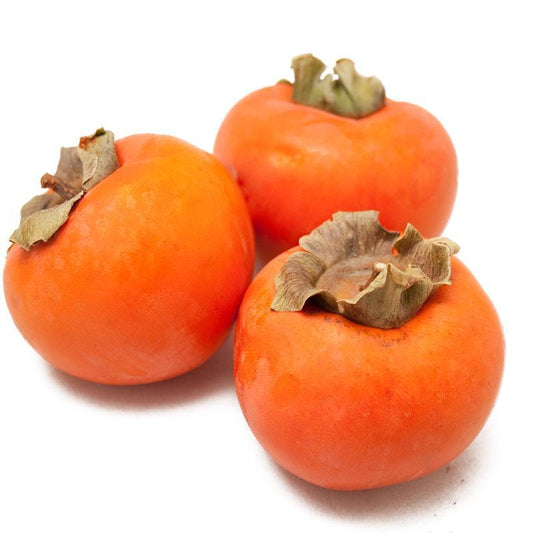
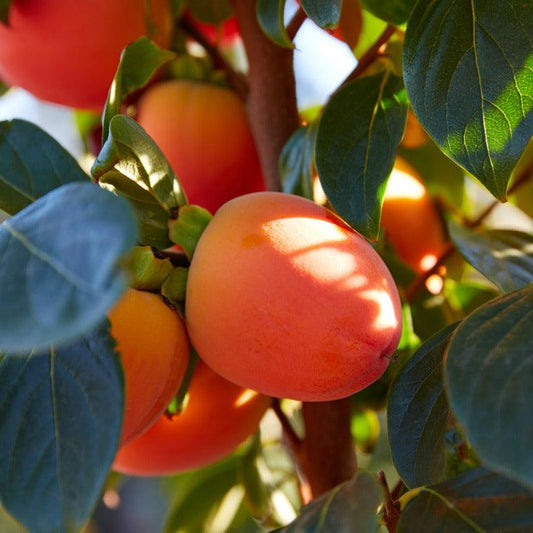
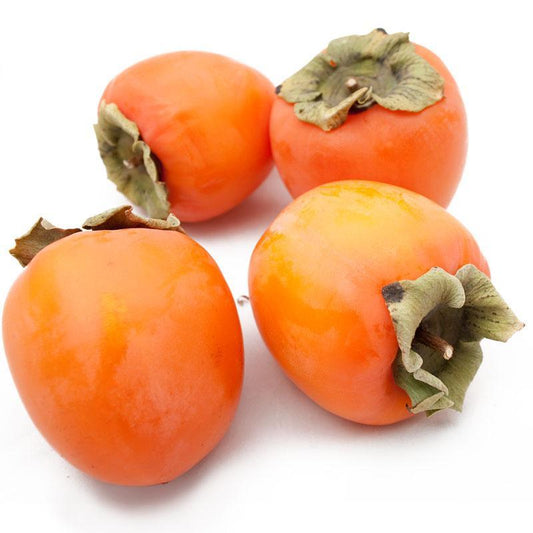
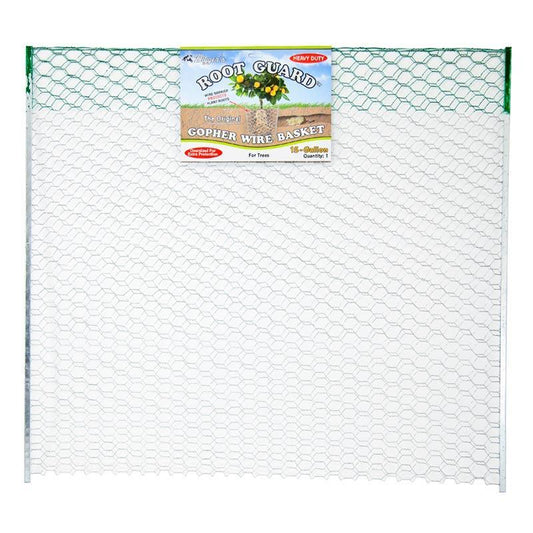

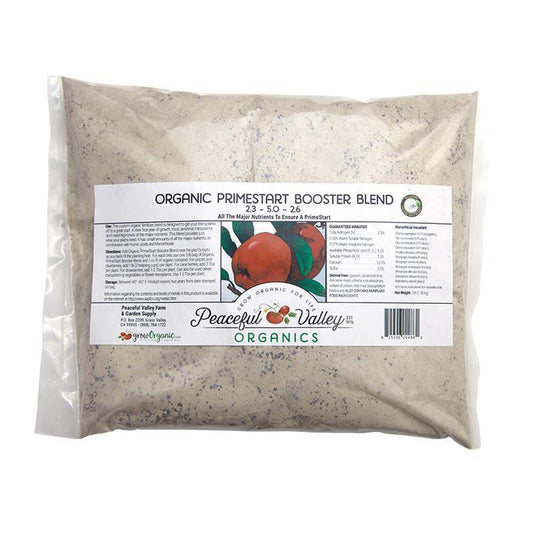
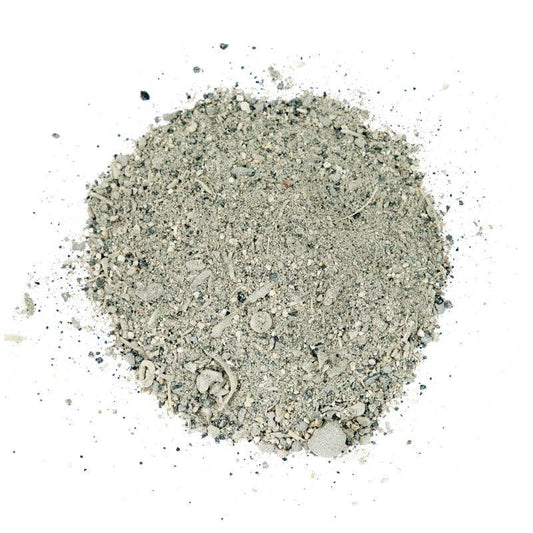
17 comments
I have a young (4ft) ichi ki kei jiro persimmon tree in Zone 7. It was delivered a little early, so I kept it in my basement for 6 weeks until the weather warmed enough for planting. It was very happy down there and sprouted lots of new branches/leaves. I planted the tree outside 2 weeks ago and have noticed that some leaves are curling inward with dry crispy edges. Could this be from overwatering or maybe insect damage? I don’t think it’s from under watering/sun exposure because it’s been temperate and the tree is in a partially-shaded spot. We’ve had some heavy spring rains and I’ve been watering it every 2-3 days if the weather has been dry. Thank you!
Andrea, I think you should be able to cut out the area that the slug ate and you have the rest.
Can I eat persimmons that have had slugs eating on them.? Some have a perfectly round hole where the slug has been. Note, my trees are all volunteers. Had one in the yard when I bought the house,three more have sprung up. So I don’t know much about growing them, I just collect what fall off. Thanks
Jenn, there may be several reasons why your young fruit is dropping. First you may be overwatering. Persimmons like infrequent deep watering. On average persimmons only need about 36" a year to survive. They are quite drought tolerant, especially older trees. Another thing may be too much nitrogen and not enough phosphorus. You can add a slow release phosphorus like soft rock phosphate, or a fertilizer that has more phosphorus than nitrogen. I really like our Foothill Fertilizer Mix (without nitrogen) to add to your trees in the summer. It won’t help this year, but will for next year. Do you thin your fruit? Trees will naturally drop fruit in June/July if the fruit set is too heavy for the tree to support. Is your tree in full sun? Persimmons need to grow in full sun. So many factors could go into why your tree is not holding onto the fruit. But I think I have highlighted a few things to ponder.
I have a fuyu about 5 years old. Last year all the fruits dropped around this time of the year when they are tiny. This year, they are a bit bigger around 4cm but starting to drop. Leaves look fine. In Northern California. Last fertilized in May. Watering once a week